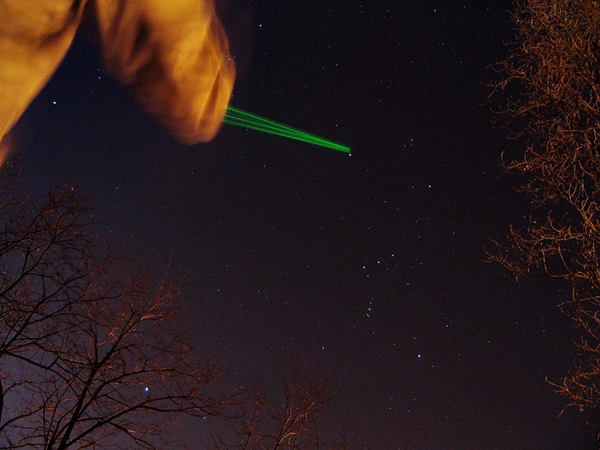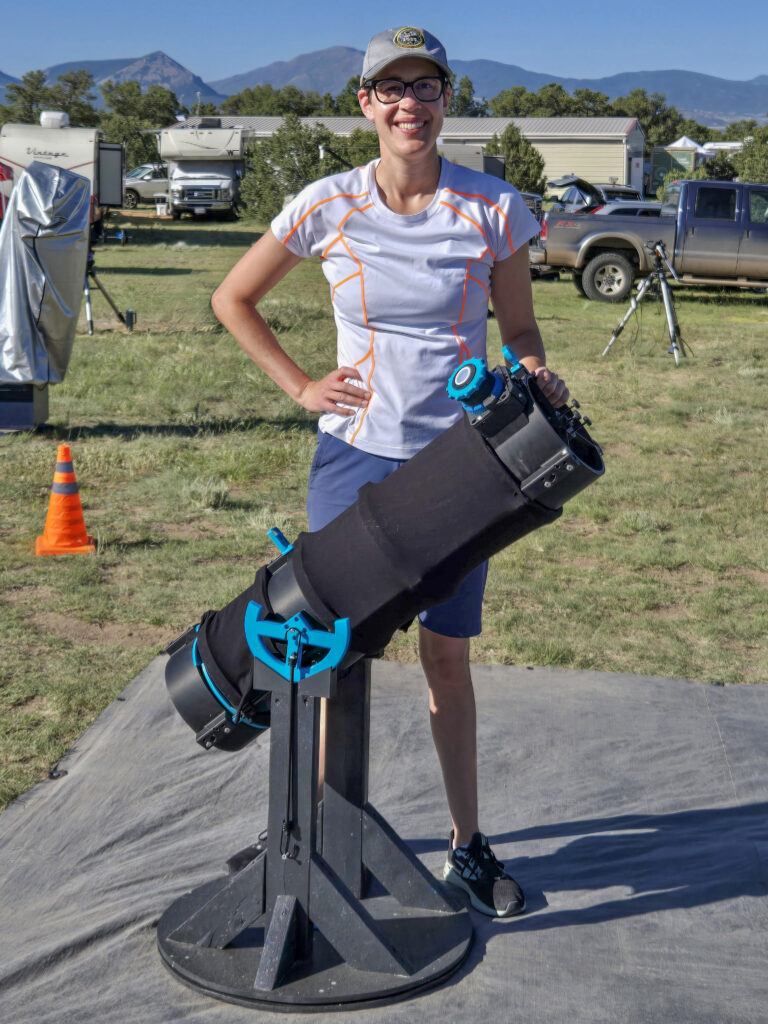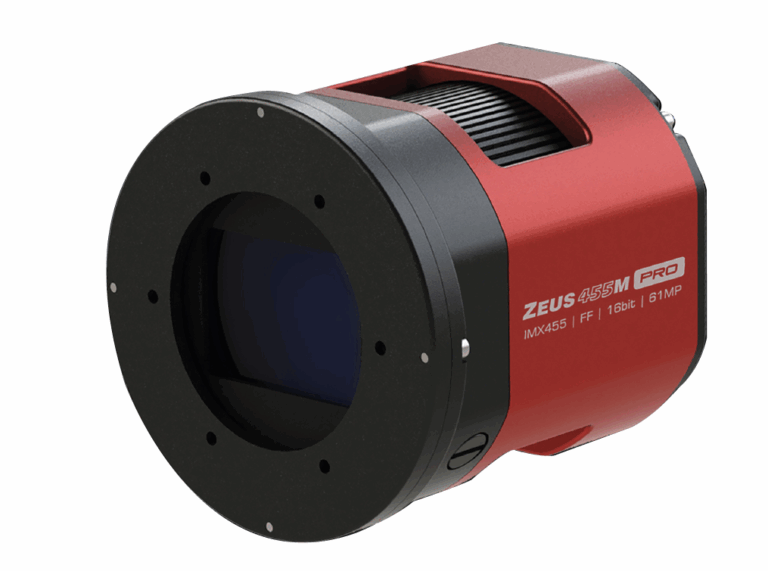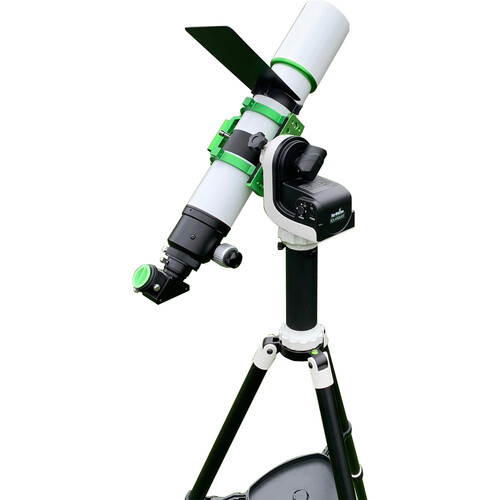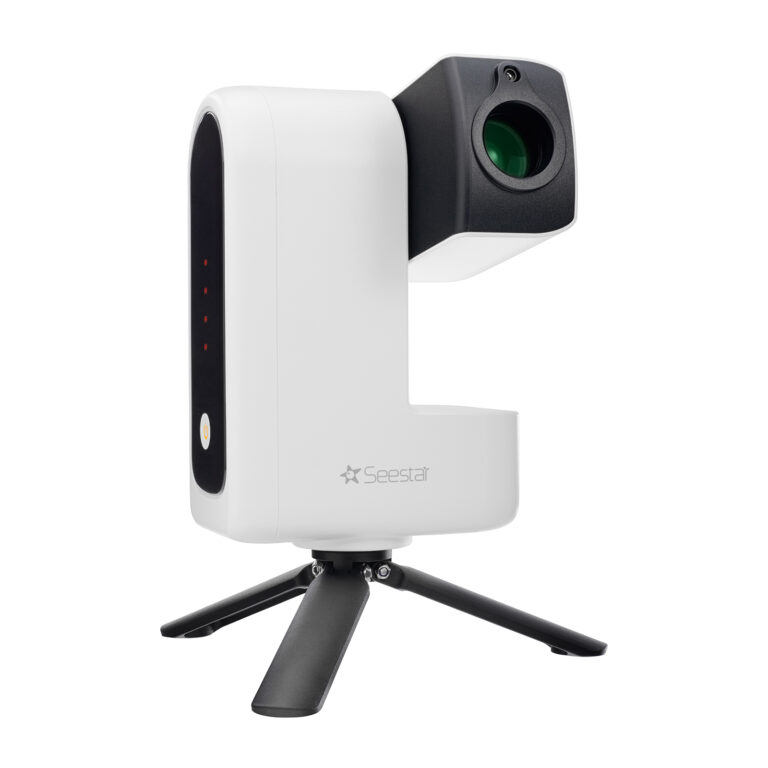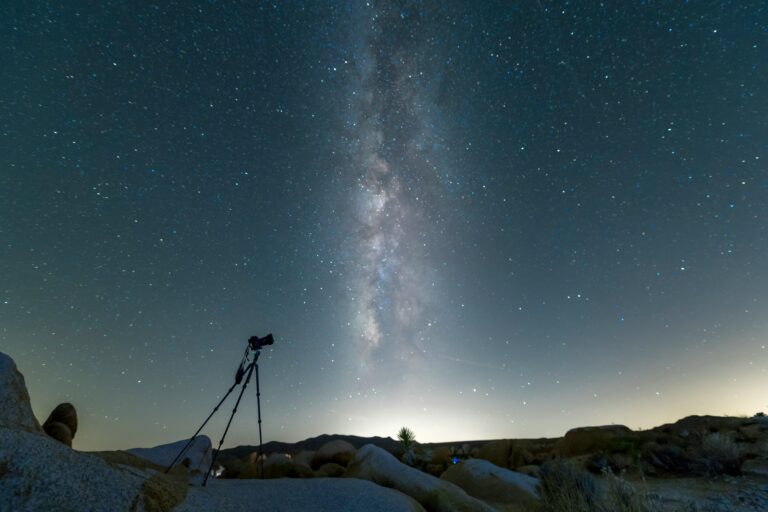Key Takeaways:
Every now and then, one of my columns elicits enough reader response to merit a follow-up. Such is the case with a piece I wrote on green laser pointers (November 2013), in which I outlined their value to the amateur astronomer and the risks inherent in their misuse. An accompanying photo showing a green laser flash in an airplane cockpit prompted a comment from Fred Hoffman of Fort Bliss, Texas. “As an instrument pilot,” he wrote, “I’ve been lucky not to have been ‘lit up’ as in your photo. That happening on short final approach in very bad weather could be deadly.”
Referring to an incident where a high school teacher became visually impaired after a student shined a laser pointer into her eyes, Peter Sacks of Pearland, Texas, commented: “I would like to see the sale of laser pointers legally restricted to those 18 years of age or older. This limitation is similar to the ban on the purchase of spray paint cans to people under the age of 18 as a way to limit the spray cans being used by juveniles for graffiti.”
Such legislation is already on the books in Arkansas. Act 382 (HB1343) bans the sale of a hand-held laser pointer to anyone under 18 while Act 1408 (HB2192) prohibits a minor from possessing a hand-held laser pointer without the supervision of a parent, guardian, or teacher. Other states and communities are considering similar laws. They won’t affect laser pointer abuse by criminals and miscreants 18 years or older, but it’s a step in the right direction.
Other readers pointed out a related issue. For example, Laura Graham of Powhatan, Virginia, leader of the International Dark-Sky Association’s Virginia chapter, wrote: “I understand that to use laser pointers to blind people is a very serious business. I do find it troubling, though, that the police are aware of this problem and do absolutely nothing to prevent other kinds of light pollution. They request that we light up our yards to fight crime — the more light, the better.”
In all fairness to our men and women in blue, let’s acknowledge that they, like the general public, likely are unaware of the negative effects of lighting overkill. We need to get out the word that a motion-detector or low-wattage well-shielded light is more effective and energy-efficient than something with the light output of a searchlight beam.
Some readers asked about lasers and astroimaging. Mike Howard of Simi Valley, California, inquired, “Does a green laser pointer show up in star pictures?” It depends on the strength and duration of the beam. To be on the safe side, imagers who cringe at the mere sight of an errant firefly may want to work from an area that’s free from any form of stray light — laser pointers included.
Those who wish to use these tools for astronomical purposes also had questions. “Could you recommend a laser pointer — company and type — for a price under $100?” asked Jerry Green of Pinehurst, North Carolina. I always hesitate to suggest a preference to any particular brand of astronomical equipment for two reasons. First, I don’t want to rankle a quality company whose product I simply overlooked or was unfamiliar with. Second, what works for me may not work for someone else. A number of reputable companies offer green laser pointers at prices well under $100. A hint: Look for one that’s advertised to work in cold weather, as ordinary green laser pointers tend to shut down as temperatures approach the freezing level.
Several online sources sell green laser pointers at ridiculously low prices. There is a caveat, though, as Brian Vanderkolk of Buena Park, California, noted: “The Food and Drug Administration regulates all lasers in the United States, and pointers must emit less than 5 milliwatts (5mW), a level considered generally safe and unlikely to cause any permanent damage for safety reasons. Unfortunately, there are several shady companies selling pointer-like hand-held lasers that exceed this power, some quite excessively.”
Last year, a study by the National Institute of Standards and Technology revealed that most green laser pointers tested exceeded the acceptable 5mW cap. Just to be safe, let’s treat all laser pointers as though they were more powerful than 5mW and avoid aiming them in the direction of people, vehicles, or aircraft.
Vanderkolk added: “It concerns me that the recent abuse of lasers as ‘toys’ may affect the ability of hobbyists such as myself to legally enjoy using these wonderful devices.” Like it or not, the dark side of green laser pointers has reared its ugly head. Spurred on by citizen and law enforcement complaints, government officials are looking into laws to limit, even ban, their use. It’s up to each of us to demonstrate the proper use of green laser pointers at public star parties, report to the appropriate authorities any incidents of laser pointer misuse, and make our state and local legislators aware of the value of these devices when used responsibly.
Questions, comments, or suggestions? Email me at gchaple@hotmail.com. Next month: a “Rodney Dangerfield” globular cluster. Clear skies!


